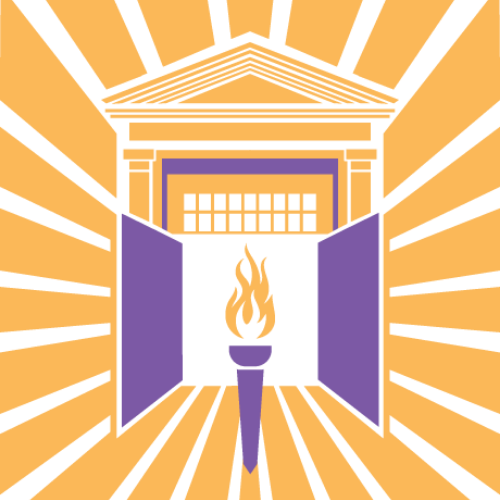Segregation and the Pulaski Wayside
Written by Megan Zalecki
This post was originally published to our social media channels on Nov. 21, 2023.
As many continue to head outdoors to hike, picnic, or enjoy the fall vistas in our area, it’s important to remember that experiencing nature and recreational areas were segregated and out of reach for African Americans. One such area in our town, the Pulaski Wayside (also known as Draper Mountain Overlook) was built by the National Park Service in the 1930s, who erected signs on both sides of the highway in 1938 marking different areas for white and African American visitors.
An NPS publication in 2022 shared that “white picnicking areas were located near the concessions building, while Black picnic grounds were located below the crest on the Pulaski side.” And while a 1938 Southwest Times article described the area for Black visitors as “similar to white sections,” one resident, M.A. Calfee, voiced their disagreement in a letter to the NPS, describing the segregation as a disgrace and the Black picnic ground as “a little space on the mountain with no lovely view at all.” This practice of excluding African-Americans from public parks and recreational areas, along with the approach of building separate facilities to enforce segregation in such spaces, did not take into account that some experiences of nature, such as a view of a valley from an overlook, could not be equally duplicated.
Elsewhere in Virginia, a lawsuit filed in 1951 challenged the exclusion of African-American visitors from the Seashore State Park (now First Landing Park). Instead of seeking equalization, the lawsuit sought to eliminate segregation itself. In response to the suit, Governor John Battle publicly stated that the “state would contemplate the ‘abandonment of the park program in Virginia’ rather than integration,” echoing Virginia’s racist strategy of Massive Resistance in response to integration of public schools.
The Pulaski Wayside was still segregated in 1960, as a Southwest Times article that July described the “Negro wayside located on the north side of the mountain.” Discrimination and segregation in public spaces was outlawed by the Civil Rights Act of 1964.
Sources and further reading:
Colored folks given section. (1938, August 3). The Southwest Times. Retrieved October 24, 2023, from https://virginiachronicle.com/
Devlin, E. K. (n.d.). Segregation in Virginia’s National Parks, 1916–1965. http://npshistory.com/publications/va-segregation.pdf
State operates six picnic areas throughout Pulaski Cty. (1960, July 10). The Southwest Times, p. 8. Retrieved October 24, 2023, from https://virginiachronicle.com/
Heltman, N. (2013, February 13). State parks weather integration thanks to park users. Department of Conservation and Recreation. https://www.dcr.virginia.gov/state-parks/blog/state-parks-weather-integration-thanks-to-park-users-4216


